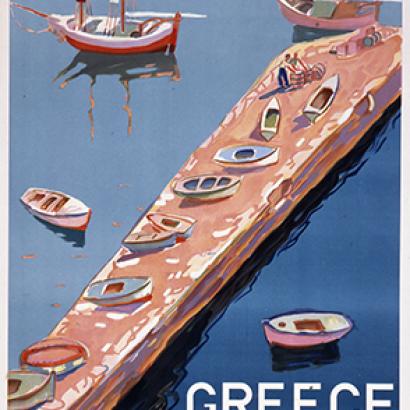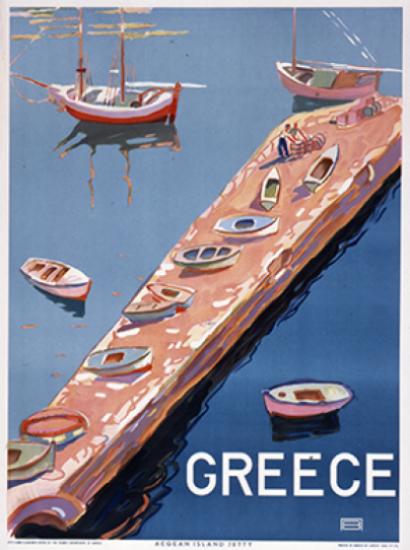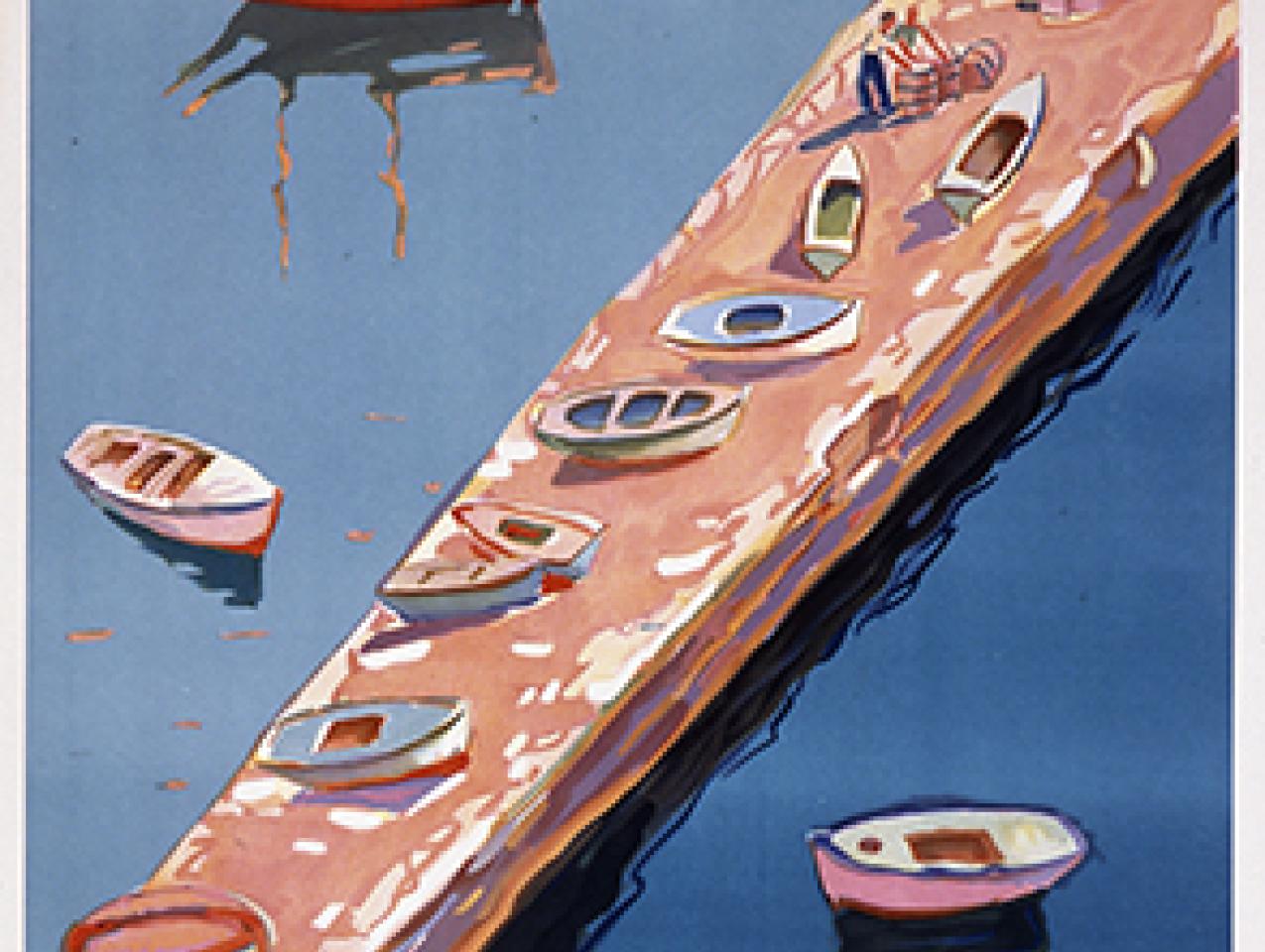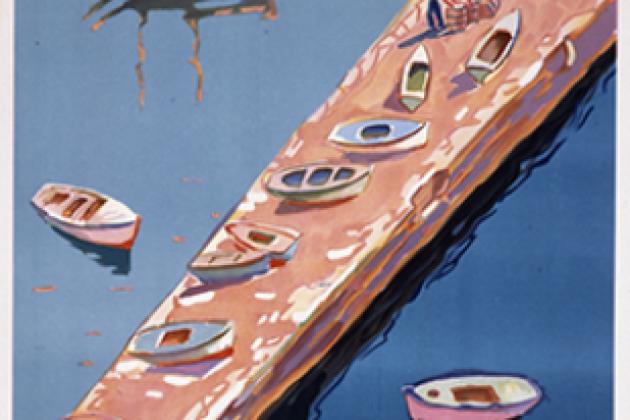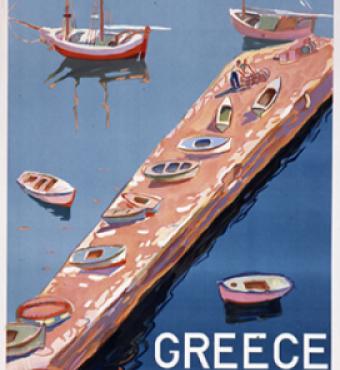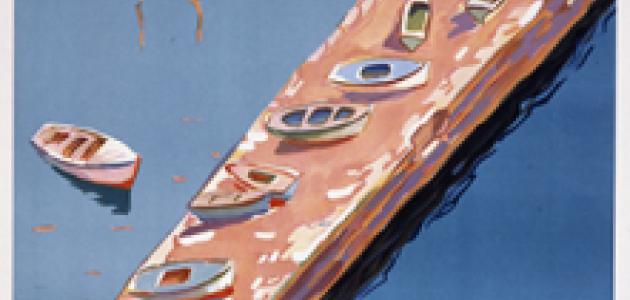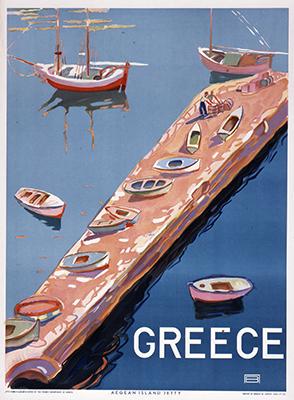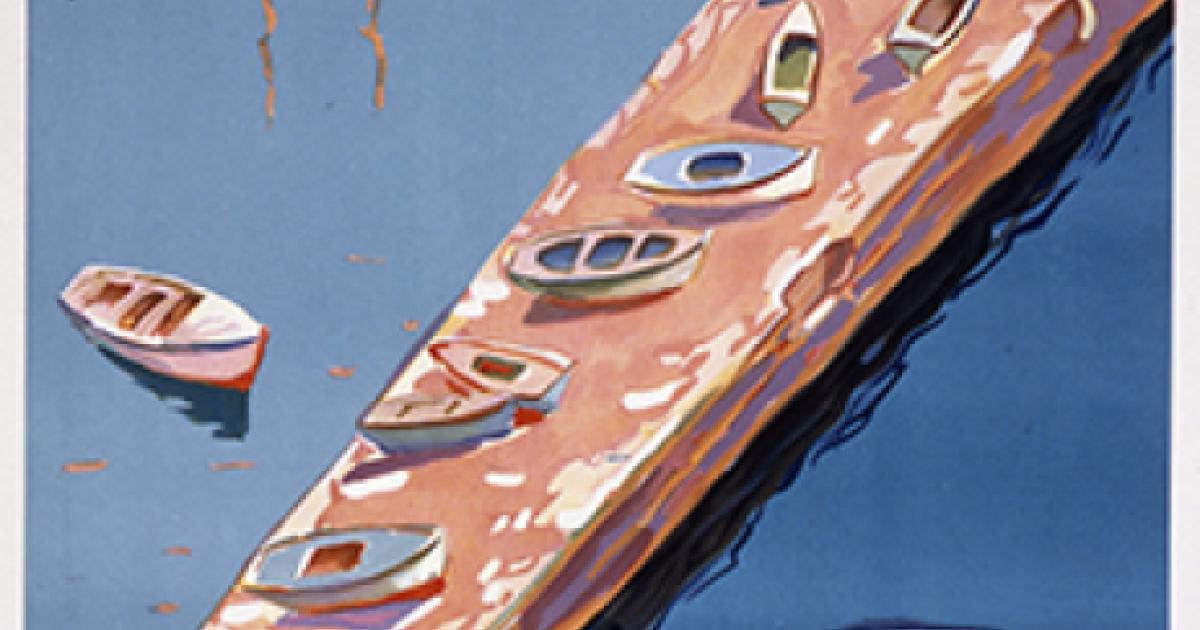- History
- Military
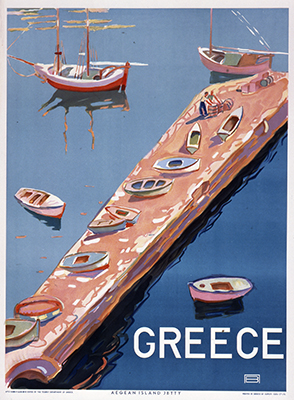
What do Cleopatra, the man who blew up the Parthenon, Greek Prime Minister Mitsotakis, and Turkey’s President Erdoğan have in common? A shared interest in a tiny Mediterranean island. Kastellorizo, population 500, is only 4.6 square miles in area but it has the unlikely official name of The Biggest (Megisti), which it is, compared to the smaller islands beside it. Although photogenic enough to be the site of the delightful film Mediterraneo (1991), Kastellorizo is coveted for its geostrategic importance.
The island had once been part of the Ptolemies’ naval empire, and Cleopatra surely wanted to add it to the territories further east, in and just off Anatolia, that her lover Mark Antony gifted to her. The Venetian commander Francesco Morosini accidentally blew up the Parthenon in 1687 when he was laying siege to Athens. Gunpowder was stored in the ancient temple and Morosini’s artillery hit it by what he called “a fortunate shot.” The same Morosini also later led Venetian forces to Kastellorizo, then occupied by Ottoman forces, and destroyed its castle. Many other conquerors over the centuries came to Kastellorizo, among them Dorians, Macedonians, the Knights of St. John, the Sultan of Egypt, and the king of Naples.
Today, Kastellorizo belongs to Greece, but it is located about one mile off the coast of Turkey. The other Greek islands off the Turkish coast are situated in the Aegean Sea, but Kastellorizo lies in the Mediterranean, about 75 miles east of Rhodes and about 350 miles southeast of Athens. The island, whose population was mostly Greek, belonged to the Ottoman Empire before World War One. After the war the island passed to Italy. In 1947 it was given to Greece. Turkey recognizes Greece’s claim to the island (Meis, in Turkish), but the two countries disagree about the economic consequences.
Greece and Turkey, like other countries in the region, each claims an Exclusive Economic Zone (EEZ), a concept stemming from the United Nations Conference on the Law of the Sea (1982). An EEZ allows a coastal state to assume jurisdiction over the exploration and exploitation of marine resources in its adjacent section of the continental shelf, which extends 200 miles from shore. Greece’s possession of Kastellorizo threatens to cut Turkey’s EEZ in half. The relatively recent discovery of oil and gas reserves in the Eastern Mediterranean raises the stakes.
The matter has led to tense negotiations and even more tense deployment of military resources this summer, both on the sea and in the air. Greece and Turkey have both sent warships into the Eastern Mediterranean, and France has sent ships as well in support of Greece. All three countries are NATO allies, while France and Greece are both members of the European Union. Turkey has the most powerful military in NATO, aside from the United States, while France the EU’s biggest military power.
Last week two warships, one Greek and one Turkish, suffered a minor collision. The matter was resolved peacefully, as will, one hopes, the larger issue. The ripples from one small island, however, could have a large and violent effect.
Barry Strauss is a military historian and classicist at Cornell University and a Visiting Fellow at the Hoover Institution. He is the author of Ten Caesars: Roman Emperors from Augustus to Constantine and hosts the podcast ANTIQUITAS.







